

Max Davies
6 Days Ago
Buyers of used cars in New South Wales, beware: there’s a new way that scammers have figured out to get around a car’s odometer history.

Senior Contributor
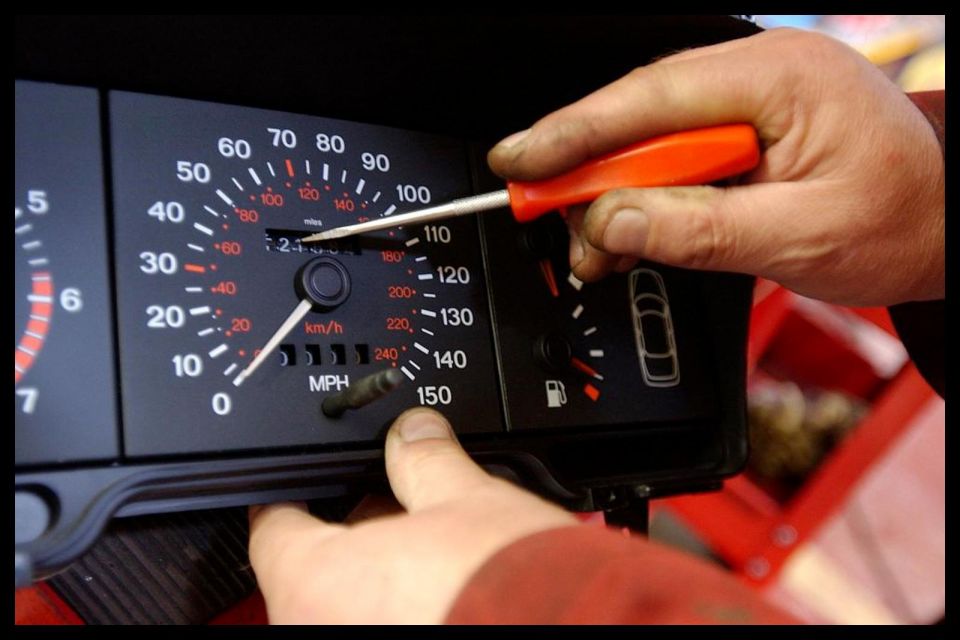

Senior Contributor
Buyers of used cars in New South Wales, beware: there’s a new way scammers have figured out to get around a car’s odometer history.
Just over six months ago the NSW Government announced a new way for potential buyers of used cars to get an ‘at-a-glance’ view of whether a pre-owned car’s claimed kilometre reading was truthful or not, using the Service NSW smartphone app or web search tool.
A joint release from the NSW Minister for Better Regulation and Fair Trading, NSW Minister for Customer Service and Digital Government, and NSW Minister for Roads in June 2023 said “buyers of used cars, trucks and motorbikes are getting an extra level of certainty that the kilometres on the clock of a potential purchase are the kilometres the vehicle has done, with free public access to odometer readings”.
Service NSW offers a free rego check feature, where you can put in the number plate of a car that was or is registered in the state, and see what the three most recent odometer readings from vehicle registration checks have been.
The loophole is right there: it’s based on the info from the three most recent checks.
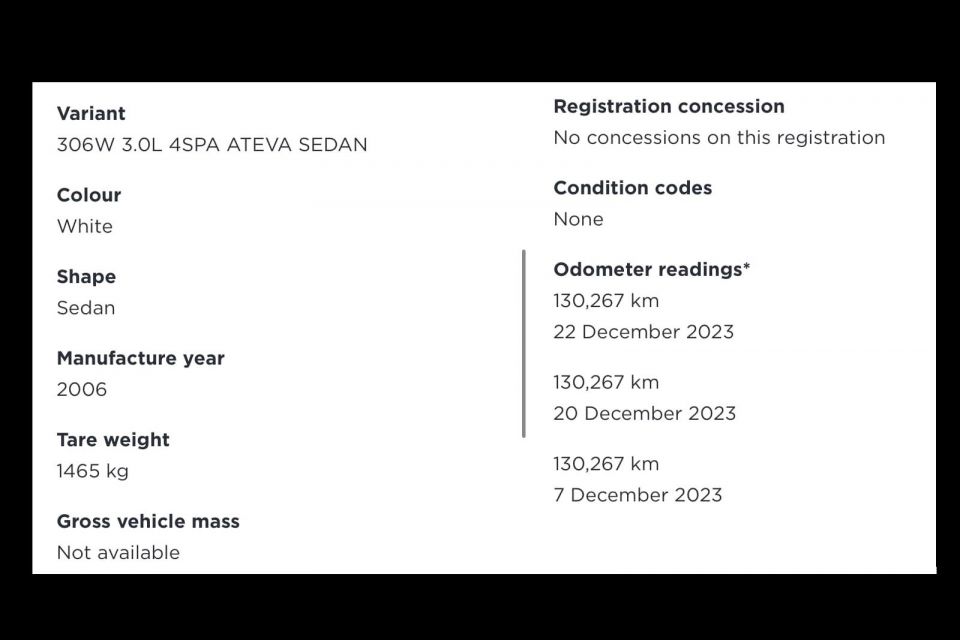
That means a scrupulous seller could have a car with 400,000km on it, only to fudge the numbers by rolling back the odometer or having a new one installed, before having a series of official checks done by registered workshops.
The loophole means that getting three “pink slip” (safety inspection report) or “blue slip” (authorised unregistered vehicle inspection, or AUVIS) checks done in a row, but not registering the vehicle, allows a seller to dodgy up the numbers.
Blue slip and pink slip reports are filed to NSW Roads and Maritime Services (RMS) and kept online, with data available to anyone to reference as part of the rego check.
In other words – roll back the odo, get three pink slips done but don’t pay the rego, and you have a readout on the odometer history app that looks… well, frankly, quite suss. Would you buy a car that had three rego checks listed with near-identical odometer numbers in a matter of weeks? The scam alarm should be going off!
Odometer tampering has become rather rampant Australia wide and the NSW government called out one example where “a seller shaved 400,000km off a Subaru XV and sold it for $32,000 — an $11,000 increase on its previous price”. Further, it stated there was a “four-fold increase in odometer tampering” in the state over 2021 and 2022.
Beyond that, there have been plenty of reported instances of whoever submits the inspection info incorrectly entering data, which again leads some potentially perfectly honest vehicles to seemingly fail the sniff test.
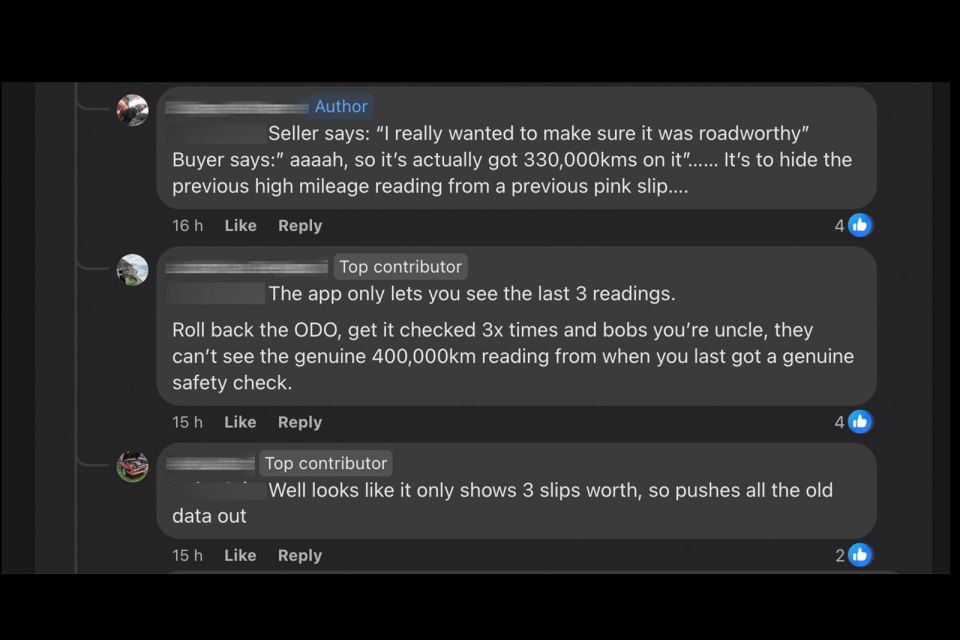
A Facebook post relating to the act had a few comments of that nature, including: “The mechanic wrote it down wrong when they did my parents (sic) last pink slip. I told dad to go get them to change it… they didn’t delete their mistake. Looks dodgy now!” said one poster, with a screenshot of the aforementioned car’s data showing a rego check on January 5, 2023 (142,716km), then another on January 5, 2024 (179,646km) which was later corrected on the app to be 149,646km.
Even so, the app will now – or, for the next couple of years, at least – show the warning indicator “Inconsistent odometer reading”.
Another commenter stated: “Yep I’ve seen countless like this already”.
Further, someone else wrote: “Roll back the ODO, get it checked 3x and bobs (sic) you’re (sic) uncle, they can’t see the genuine 400,000km reading from when you last got a genuine safety check”.
It has to be noted the app covers its own behind with a disclaimer against the subheading Odometer Readings, which states “Transport for NSW makes no warranty or guarantee as to accuracy of odometer readings”.
The release from the NSW Government stated used-car buyers in NSW had the option of paying a $23 fee for a “comprehensive vehicle history report”, which includes the following:
It’s that final point that rams it home. This could well be a loophole for criminals and scammers that will be very difficult for innocent buyers to avoid being trapped by.
CarExpert has reached out to Transport for NSW for comment, as well as NSW Police.
There’s another way to dive a little deeper into a vehicle’s history for less money. You can and should always do a Personal Property Securities Register (PPSR) check via the Australian government’s Financial Security Authority. It costs $2 and allows you to check “if the car you want to buy is recorded as free from debt, written off or stolen”. It has no odometer information, however.
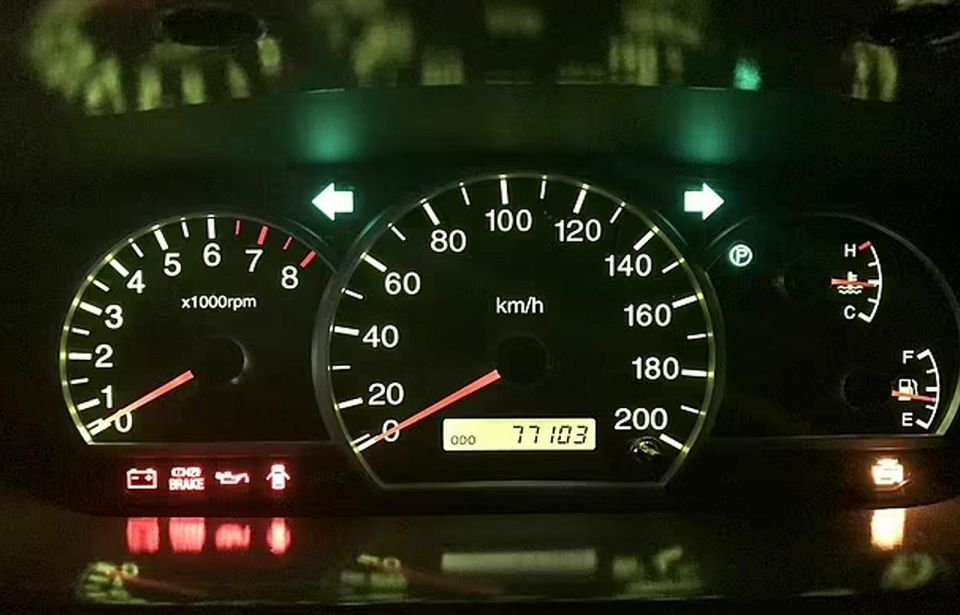
Anyone found to have tampered with a vehicle’s odometer is guilty of an offence in NSW under the Motor Dealers and Repairers Act 2013, be it “altering the reading of an odometer, removing or replacing an odometer, rendering an odometer inoperative or inaccurate by any means whatsoever or fitting or possessing a device capable of rendering the odometer inoperative or inaccurate”.
If you’re suss about a used car you’ve found, you can report it to the NSW Office of Fair Trading.
“If they find that the law has been broken, they’ll inform the trader and take the action required to protect other consumers,” the Transport for NSW site on the matter states.
Any person or body corporate found guilty could be fined $22,000 for odometer tampering.
Anyone who has bought a car that has had its odometer evidently tampered with can take the matter to court for financial compensation.
As the Motor Dealers and Repairers Act 2013 (6) states: “Compensation orders – A court that convicts a person of an offence under this section or section 53 may, on its own motion or on application by the prosecutor or a person who purchased the motor vehicle relying on the odometer reading of the motor vehicle, order the convicted person to pay to the purchaser an amount determined by the court as being the amount of the difference between the sale price of the motor vehicle and its fair price at the time of the sale.”
Matt has more than a decade of experience in automotive journalism, and loves exploring the pros and cons of new cars, delving into deep-dive industry stories, and going for a drive just for the fun of it.


Max Davies
6 Days Ago


Matt Campbell
5 Days Ago


Max Davies
3 Days Ago


Josh Nevett
2 Days Ago


William Stopford
2 Days Ago
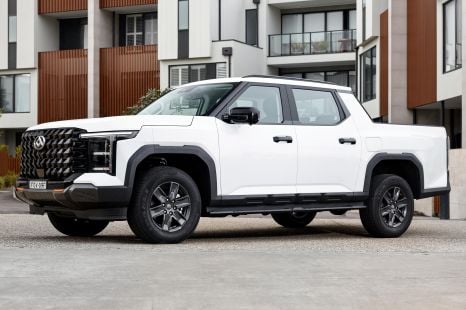

Damion Smy
1 Day Ago